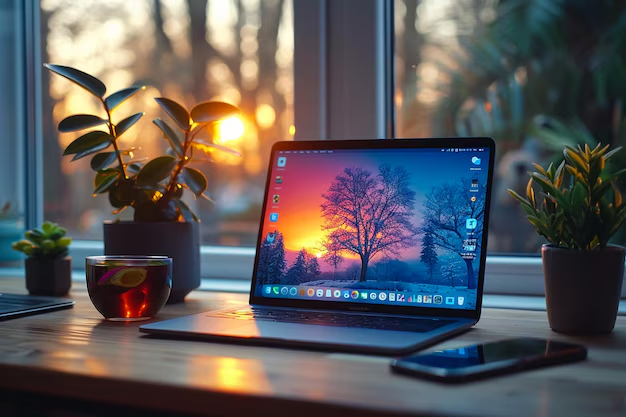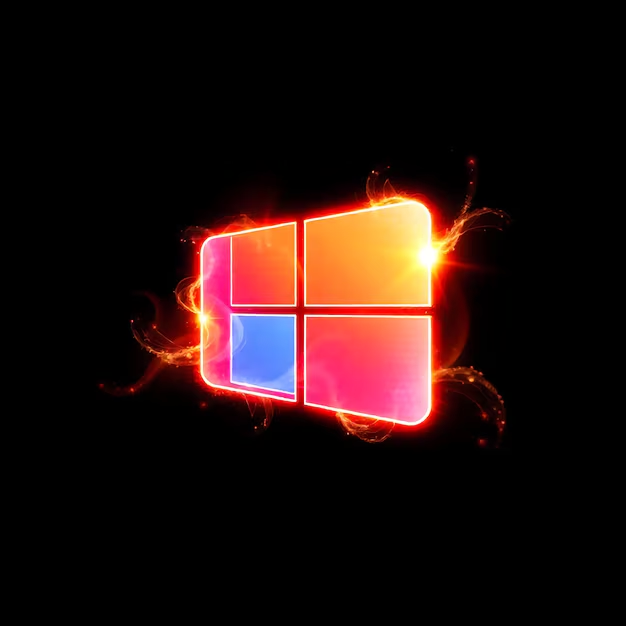The Windows Startleiste, or taskbar, is a cornerstone of Microsoft’s Windows operating system. Over the years, it has evolved to include numerous features that streamline productivity. Among its myriad functionalities, the ability to integrate Quick Notes and manage small icons stands out. These features enhance both utility and aesthetics, making the taskbar a versatile tool for users of all kinds. This article explores how to maximize these features and get the most out of the Windows taskbar.
1. Understanding the Windows Taskbar
The taskbar, located at the bottom of your screen (by default), provides quick access to windows startleiste kurznotizen kleines symbol essential tools, applications, and notifications. It includes several sections:
- Start Button: Access the Start Menu and search functionality.
- Pinned Applications: Your most-used apps can be pinned for one-click access.
- Notification Area: Displays system icons and background application statuses.
- Task View: Lets you manage virtual desktops and open applications.
2. Quick Notes: Your Personal Productivity Assistant
Quick Notes offer a convenient way to jot down reminders, ideas, or tasks. Accessible directly from the taskbar, these tools save time and keep your desktop uncluttered.
2.1. What Are Quick Notes?
Quick Notes are digital sticky notes that mimic traditional Post-It Notes. Introduced via apps like Microsoft Sticky Notes, they integrate seamlessly with Windows.
2.2. Setting Up Quick Notes on the Taskbar
To enable Quick Notes on your taskbar:
- Install Sticky Notes: It comes pre-installed on most Windows systems or can be downloaded from the Microsoft Store.
- Pin to Taskbar: Right-click the Sticky Notes app in the Start Menu and select Pin to Taskbar.
2.3. Using Quick Notes Efficiently
- Color Code Notes: Use different colors to categorize notes (e.g., red for urgent tasks).
- Sync with Microsoft Account: Enable syncing to access notes across devices.
- Keyboard Shortcuts: Use shortcuts like
Ctrl + Nto create new notes orCtrl + Dto delete.
2.4. Benefits of Quick Notes
- Quick Notes reduce dependency on third-party note-taking apps.
- They are lightweight and require minimal system resources.
- They help organize information without switching between multiple applications.
3. Customizing Small Icons on the Taskbar
Small icons are a fantastic way to save space and maintain a clean desktop aesthetic. They are especially beneficial for users who prefer minimalist designs or work on smaller screens.
3.1. Why Use Small Icons?
- Space Efficiency: Small icons allow more applications to fit on the taskbar.
- Minimalist Design: A clutter-free taskbar enhances focus.
- Screen Real Estate: Ideal for smaller monitors or multitasking setups.
3.2. Activating Small Icons
To enable small icons on your taskbar:
- Right-click on the Taskbar and select Taskbar Settings.
- Scroll to Taskbar Behaviors and toggle on the option for Use small taskbar buttons.
3.3. Balancing Aesthetics and Functionality
While small icons improve space usage, some users may find them harder to recognize.
- Use Icon Labels: Hover over icons to see tooltips or enable labels.
- Customize Icons: Right-click an app and choose Properties > Change Icon to select a more recognizable symbol.
4. Best Practices for Managing Taskbar Icons
The taskbar becomes even more effective when customized to match your workflow.
4.1. Pinning and Rearranging Icons
- Pin Frequently Used Apps: Drag applications to the taskbar for instant access.
- Rearrange Icons: Drag and drop to organize icons based on priority.
4.2. Grouping Similar Applications
- Enable settings like Combine taskbar buttons to group multiple windows of the same application.
- Use desktop shortcuts or folders for taskbar quick-access links.
4.3. Managing Overflow
For systems with numerous taskbar items:
- Expand the Taskbar: Unlock the taskbar and resize it vertically.
- Use the Notification Overflow Area: Access hidden icons via the upward arrow.
5. Synchronization Across Devices
windows startleiste kurznotizen kleines symbol allows users to sync taskbar layouts and Quick Notes across multiple devices, provided they use the same Microsoft account.

5.1. How to Sync Taskbar Settings
- Open Settings > Accounts > Sync your settings.
- Toggle on Taskbar customization.
5.2. Advantages of Synchronization
- Access the same layout and notes across a PC, laptop, or tablet.
- Avoid manual configuration when switching devices.
6. Advanced Tips for Taskbar Optimization
6.1. Third-Party Enhancements
- Tools like TaskbarX allow advanced customization, such as centering icons or applying transparency effects.
- Use Rainmeter for creating dynamic widgets directly on the taskbar.
6.2. Custom Shortcut Keys
Assign keyboard shortcuts for frequently accessed apps to bypass the taskbar altogether.
6.3. Automation with Quick Notes
Integrate Sticky Notes with tools like Microsoft To-Do or OneNote for advanced task management.
7. Common Issues and Troubleshooting
Even a powerful tool like the taskbar isn’t immune to occasional glitches.
7.1. Missing Quick Notes
- Ensure the Sticky Notes app is installed and updated.
- Check for hidden notes in the minimized icon tray.
7.2. Small Icons Not Activating
- Restart your system after enabling the setting.
- Ensure no third-party theme is interfering with display options.
7.3. Taskbar Freezing or Crashing
- Restart Windows Explorer from the Task Manager.
- Run the Windows Troubleshooter for performance issues.
8. Taskbar in Windows 11
Windows 11 introduces several changes to the taskbar, such as centering icons and redesigning the Start Menu. However, Quick Notes and small icons remain available with slight tweaks in settings.
8.1. Accessing Quick Notes
- Quick Notes are integrated into the Windows Journal or OneNote for a unified experience.
8.2. Managing Small Icons
- While Windows 11 lacks an official small icons setting, tools like StartAllBack can restore the functionality.
9. Frequently Asked Questions (FAQs)
9.1. How do I pin Quick Notes to the taskbar?
Install Sticky Notes, right-click the app, and choose Pin to Taskbar.
9.2. Can I adjust the size of Quick Notes?
Yes, resize notes by dragging their edges or corners.
9.3. Why are small icons unavailable in Windows 11?
The feature was removed in Windows 11, but third-party apps can bring it back.
9.4. Are taskbar settings customizable for each virtual desktop?
Yes, you can assign unique taskbar configurations to virtual desktops.
9.5. Do Quick Notes consume a lot of memory?
No, they are lightweight and optimized for minimal resource usage.
9.6. How do I back up my taskbar settings?
Use Windows sync features or manually export registry settings.
Conclusion
The windows startleiste kurznotizen kleines symbol, with its Quick Notes and small icons features, remains an indispensable part of the operating system. Whether you’re a multitasking professional or a casual user, customizing these elements can greatly improve your efficiency and user experience. By understanding and applying the tips and techniques outlined in this guide, you can transform your taskbar into a personalized productivity powerhouse.


